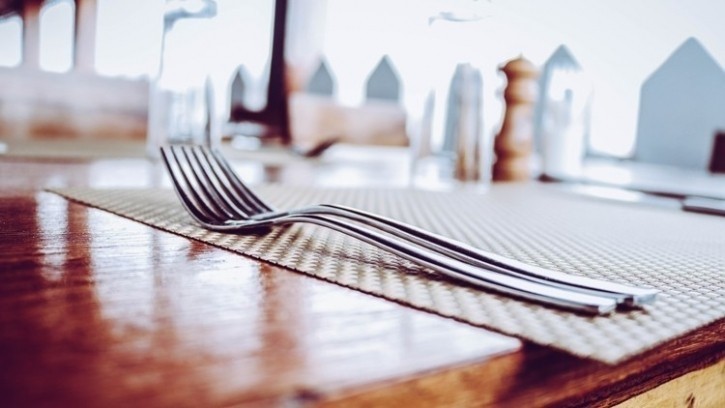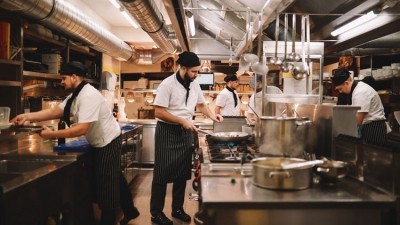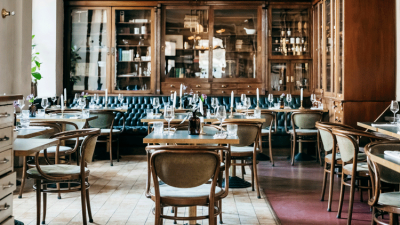Restaurant spending takes its biggest hit this year

Figures released by Barclays for September have clocked spend growth at -10.8% and transaction growth even lower at -15.2%.
The results from the past few months paint a grim picture for the sector, with spend recorded at -2.5% in July and -5.8% in August.
This month looks unlikely to be much better with 44% of Brits saying they are planning to reduce discretionary spending 'over the next couple of months' to save money for the upcoming festive period, with eating out at restaurants the most frequently cited cutback.
The pub and bar sector and takeaways and fast food fared much better in September with spend growth recorded at 6.1% and 6.5% respectively.
The Barclays report combines hundreds of millions of customer transactions with consumer research to provide ‘an in-depth view’ of UK spending.
Overall, consumer card spending grew 4.2% year-on-year in September – less than the latest CPIH inflation rate of 6.3% but higher than August’s growth figure of 2.8% – as the late summer sun boosted in-store spending.
The report says that The Rugby World Cup drove spending at pubs and bars, yet growth slowed for restaurants as Brits began saving money for the festive period.
As shoppers become increasingly cost-conscious, close to half (47 per cent) have noticed more examples of surge AKA dynamic pricing, where companies raise the prices of products and services during peak times, or when demand is higher.
Of those who have spotted this growing trend, one in three (32 per cent) has seen an increase in the price of food and drink in pubs and bars during peak times, such as evenings, weekends and during major sports events.
While some pubs and bars may be charging more when trade is busier, only one in 12 (8 per cent) consumers say they are willing to pay more to eat and drink out at popular times. Those who are happy to pay “surge prices” are prepared to spend an average of 70p more for a pint of beer and an additional 60p for a glass of wine.
“Over the past few months a picture has been building of consumers beginning to pull back on discretionary spending as the cost of living, and monetary tightening from the Bank of England increasingly bite. We’ve seen the warning signs from surveys, and now we see it in the more concrete spending data,” says Jack Meaning, chief UK economist at Barclays.
“This suggests the outlook for consumers, and the businesses that rely on them, is weak, even as they finally see their disposable incomes rise faster than inflation. It makes it hard to see anything but a relatively stagnant economy on the horizon.”




















